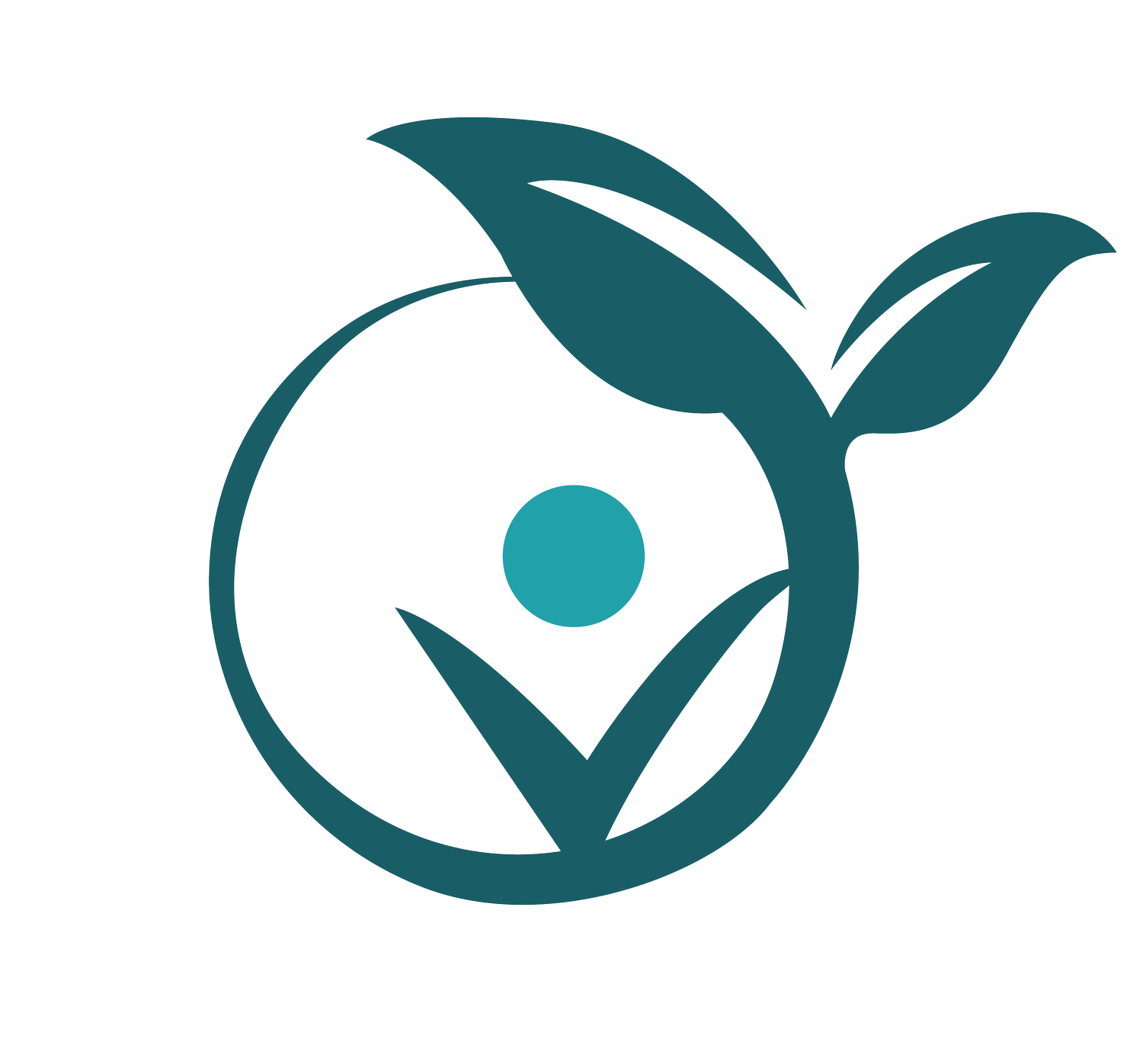The Evolving Vision of the Prairie Food System Vision Network
If you have been following the PFSVN website and various messages we have shared over the past couple of years you may have noticed that the network has issued several vision statements. If so, you may be wondering whether we actually have a clear vision for the future? Or are we just winging it?
Let’s just say our vision is evolving as we continue to talk and share ideas with more people interested in the future of food systems on the Prairies. But the different attempts to articulate the vision all point to the same kind of future.
This was the first attempt at a vision statement:
The Vision for the Year 2050: To transform the food system in Canada’s Treaty Four Territory from an extractive agricultural model to a system of proven regenerative methods in rural and urban settings through public discourse and social innovation.
We started the visioning process in response to an open invitation from the Rockefeller Foundation for groups around the world to develop a transformative vision for food systems in their geographical area in the year 2050. We wanted to articulate a vision of a future that would be inclusive of all “treaty people” in our region and address issues such as colonialism and racism, as well as extractive, unsustainable agricultural practices and policies. The criteria specified a vision for a geographic area with a certain size limit. We always had the Prairie region in mind, but our initial effort focused on Treaty Four Territory, which was about the right size to meet Rockefeller’s criteria.
Once we had received the Food System Vision 2050 Prize, our second iteration of the vision was expanded to include all treaty areas in the Prairie biome:
“Our vision aims to mitigate the impact of colonialism on the people and the land by changing the story about Prairie food systems. Our new story – kwayēskastasowin wâhkôhtowin – illustrates how we can make things right by recognizing the relatedness of our peoples and our land.”
As we came together as a formal organization with a plan to achieve the vision, we had an opportunity to rethink our vision and mission. Although we affirmed what had already been stated, rather than including negative statements about the past and present, we thought the vision should be phrased as a positive statement of where we hope food systems will be in 2050. We put it this way:
Our Vision for 2050 - The Treaty Peoples of the Prairie region have reconciled their relationships, restored the land, and established healthy, equitable, and sustainable food systems.
Our Mission - To identify, encourage, and support a range of solutions contributing to health, justice, sustainability, and food sovereignty in the Prairie biome and to reinforce this emergent movement by articulating a broad vision of social-ecological transformation.
As we continue to consult with people across the Prairies and work on implementing the vision, we will continue to review our vision and mission statements. Still, the core ideas that drive our work—achieving a just, equitable and sustainable food system for all people (and species) living in the Prairies—will be our motivation.


